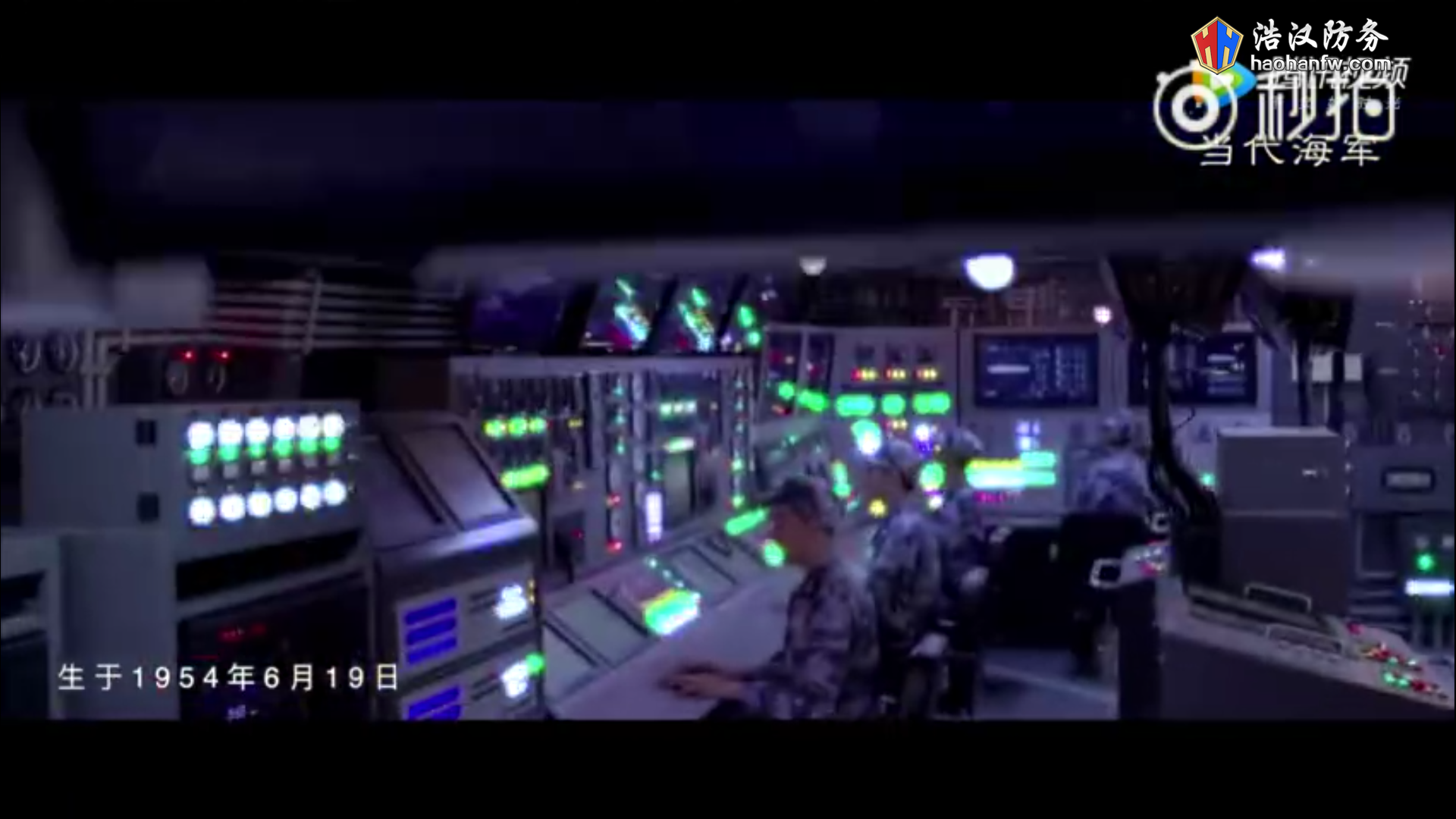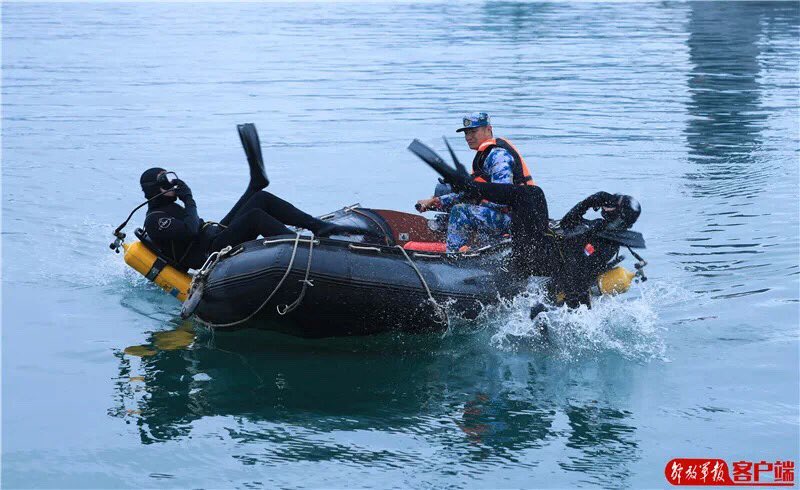D
Deleted member 13312
Guest
This is a issue that I have been meaning to set upon for sometime. The idea that a submarine must be always chasing a carrier battle group or an enemy submarine that is always on flank speed.Compared to SSK, yes it is, endurance/range as well as divinng depth and speed. SSK max out at around 20 knots with limited range. Aircraft carriers can exceed 30 knots and SSN can exceed 35 knots. Seawolf top speed is actually classified. So being quiter at higher speeds is quite an advantage.
The truth in these situations are far more complex than that, yes a nuclear carrier or submarine can outrun a diesel sub. But that's not the main part of their job description. A carrier is there to provide air cover while a sub to provide undersea capabilities.
For the former it will mean deploying within reach of the target area, and for the latter it means operating undetected which almost always entitle operating at a lower speed limit.
Skillful deployment of a SSK, and taking advantage of their cheap costs and availability can effectively neutralize both, by deploying a permanent presence in the area the enemy assets are to operates. If they enter those areas, they will run the risk of SSKs lying in ambush in multiple areas. A torpedo with a top speed of 70 knots average is always going to out run a carrier or a submarine doing 30-35 knots, and SSKs can be made to be more quiet than a nuclear sub can hope to achieve.
And if they stay out of those areas, they will be of no use to the enemy. An asset that cannot be deployed is no better than a destroyed asset.
Going back to the matter at hand, high speed stealth for a nuclear submarine is a bit of a mixed bag. Yes you might be able to mask your approach a little when going at flank speed. But odds are you are very likely to give away your position much sooner then the enemy if both are employing ASW tech of comparable capabilities. In both ASW and submarine operations. Stealth and undetectability comes first and foremost.
It is always amusing to pick up a USN article nitpicking away at the differences of speed in submarines and not caring to highlight the various other caveats that comes with it...................... it is like they are hoping the enemy fights the way they want them to.
Last edited by a moderator:









